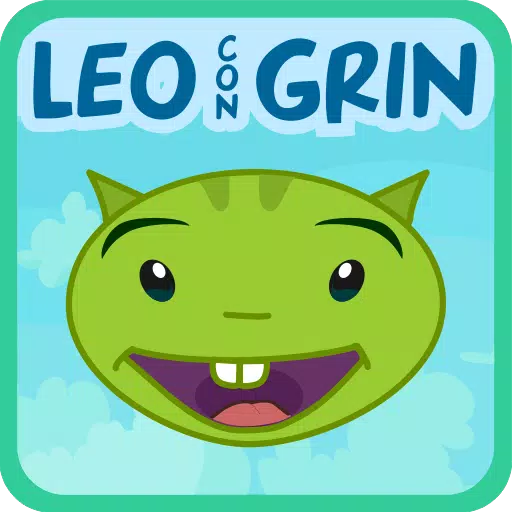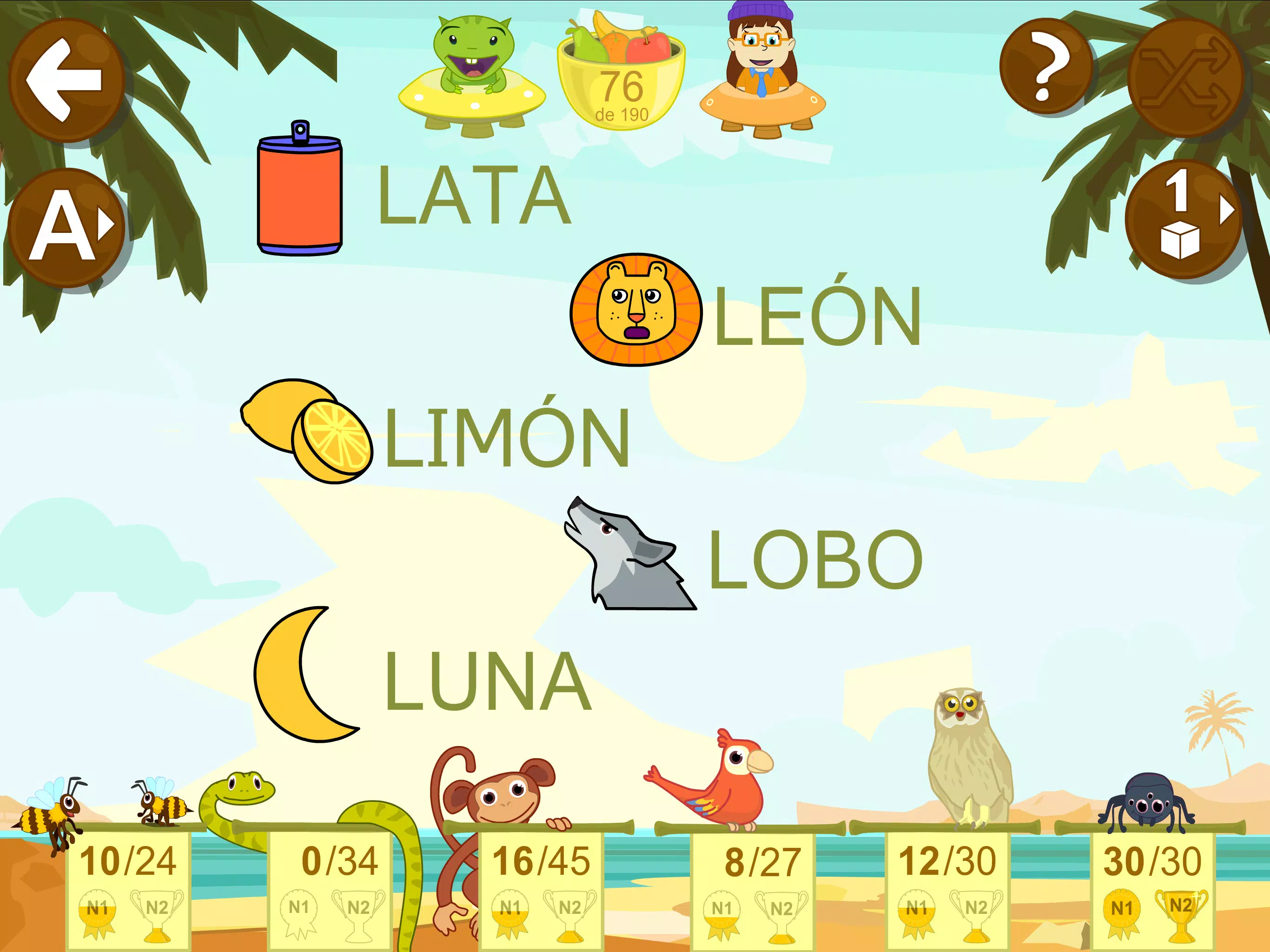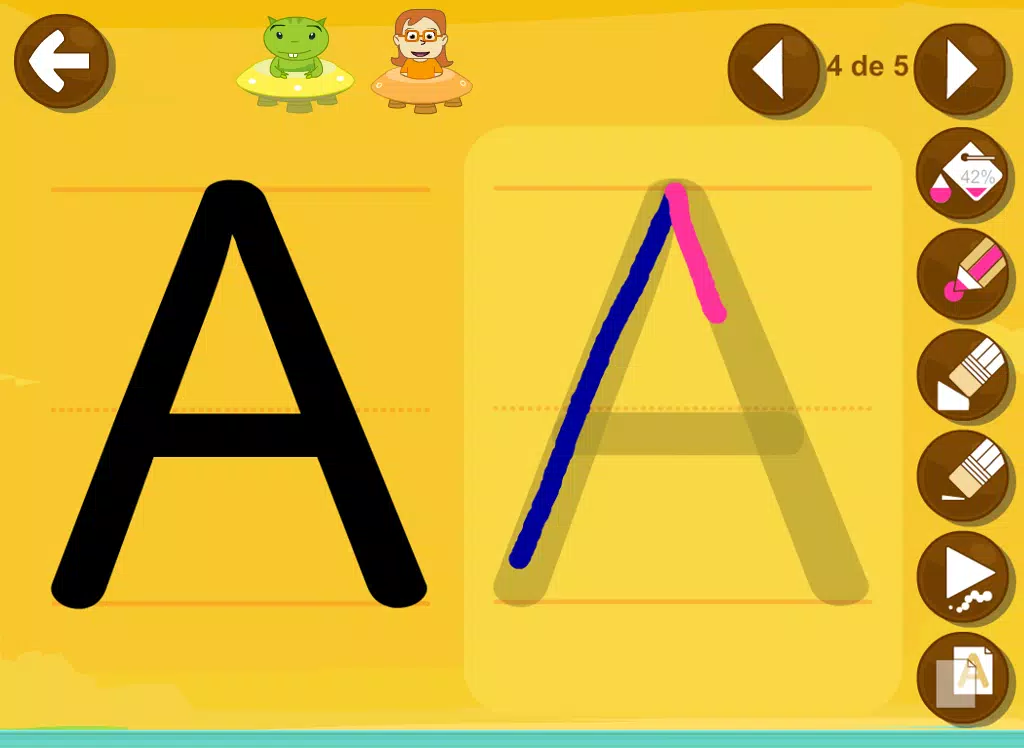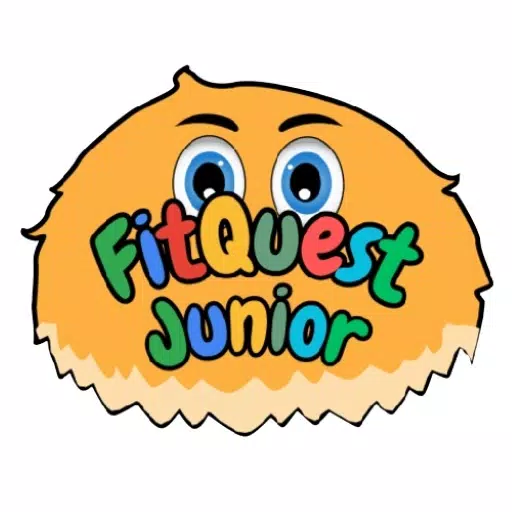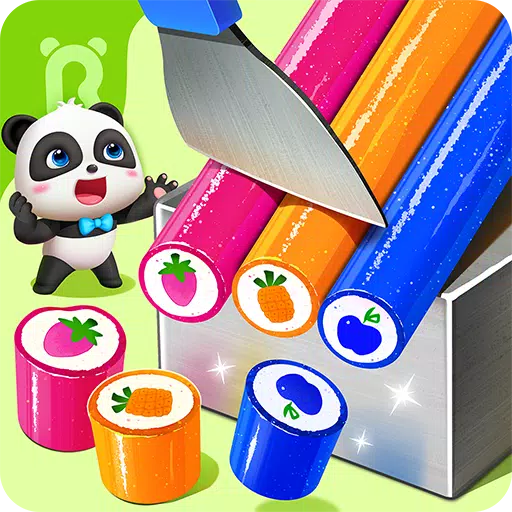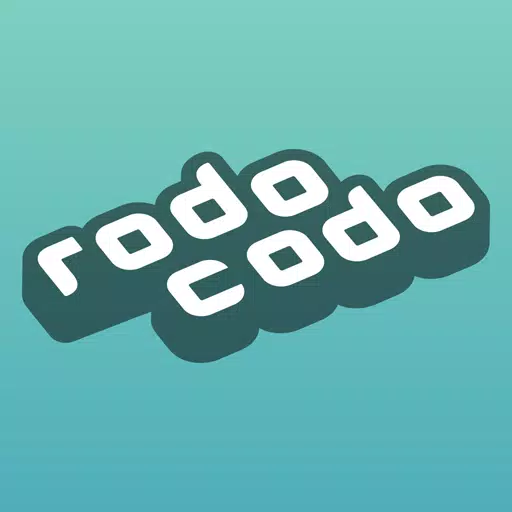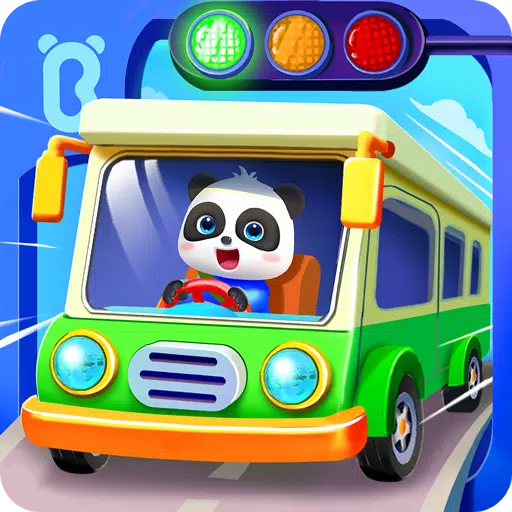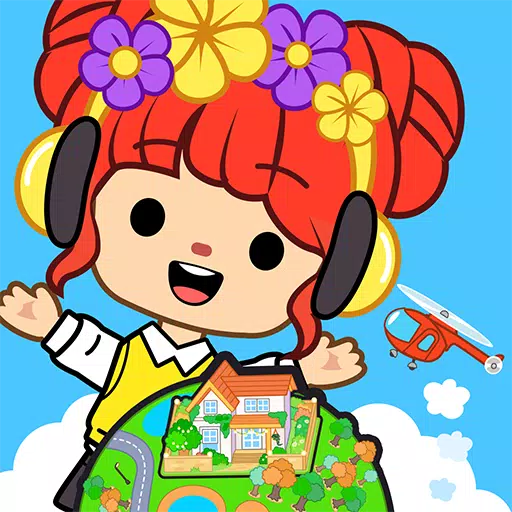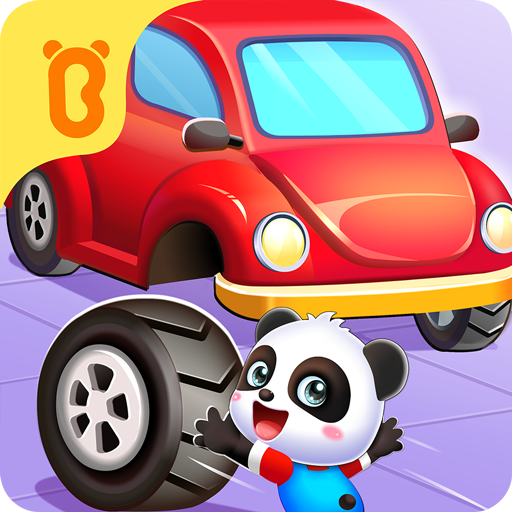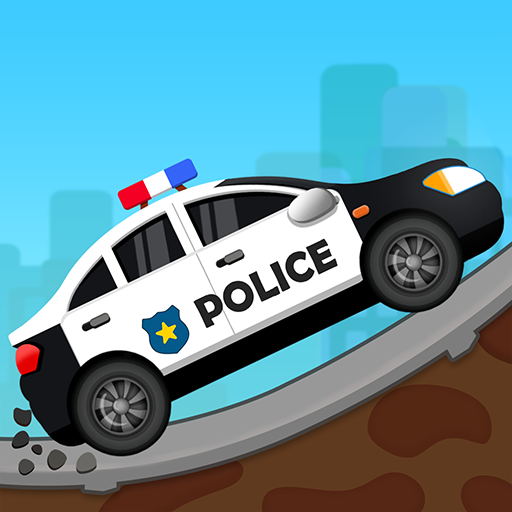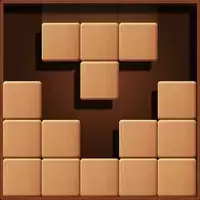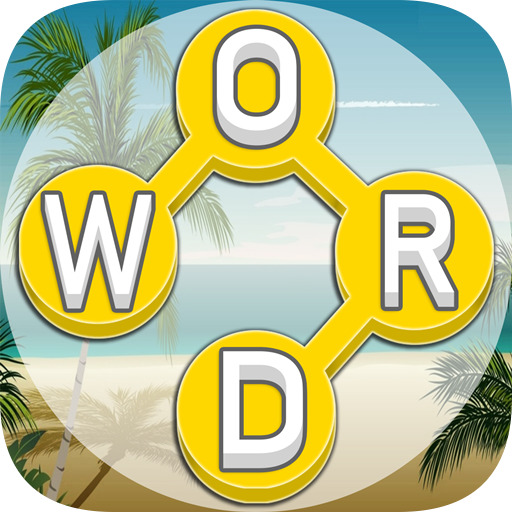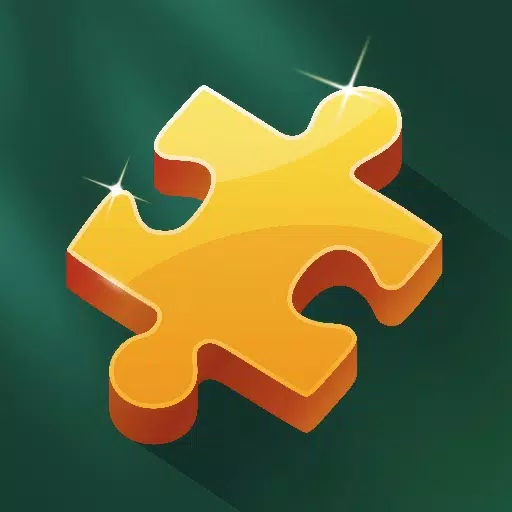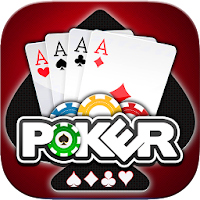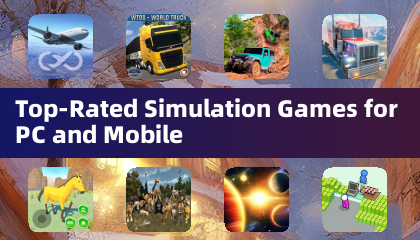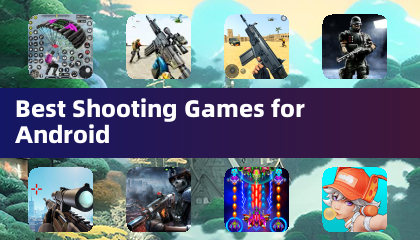Learning to read Spanish is a fundamental skill that lays the groundwork for a child's academic journey and future life. It's crucial to introduce this skill early, ideally during preschool and the initial years of elementary school, as it forms the basis of their educational and professional development.
Children today are naturally inclined towards digital devices, being digital natives. Leveraging their interest in computers and tablets can be an effective way to reinforce or enhance the reading skills they are developing at school.
Method
Our approach to learning to read Spanish utilizes phonics, tailored for children aged 3 to 6 or 7, and can also benefit adults seeking to improve their pronunciation. The program is structured into a section dedicated to tracing letters and comprises 30 lessons. It starts with vowels and progresses to consonants and combinations such as L, M, S, T, P, N, D, F, H, C, Q, CH, G, GUE, R, -rr-, B, V, J, GE, GUE, Y, Z, CE, LL, X, K.
Each lesson features 11 engaging games, available at two difficulty levels, making it perfect for parents and educators aiming to help children practice their initial syllables and words in Spanish. Encourage the child to listen attentively and tackle the exercises; understanding every detail is not necessary. Reading acquisition is a gradual process that may span over a year. We suggest practicing for a few minutes daily and revisiting previously learned material, always adjusting the type and level of exercises to keep the learning experience playful and enjoyable.
Levels
All games are designed with two difficulty levels, which can be adjusted at any time. This allows children to progress at their own pace, with the flexibility to pause and resume later. As children successfully complete games, they earn fruits as rewards.
The first level is suitable for children as young as three, and sometimes even younger with assistance from parents or educators. At this level, games can be solved with the help of the instructions. The second level presents more complexity, encouraging children to solve them independently while ensuring the learning process remains fun. As caregivers, it's important to match the difficulty to the child's abilities without pressuring them to rush through levels or advance prematurely.
Abilities
Our program enhances several key skills:
- Visual and auditory memorization
- Identification and association
- Discrimination
- Understanding
- Literacy
Options
On the home screen, users can:
- Enable or disable background music
- Choose to play in full screen
Within the Tikis menus, additional options include:
- Changing the font to uppercase, lowercase, or cursive handwriting
- Enabling or disabling automatic activity, which automatically switches to another game after a set number of exercises
- Shuffling the syllables to mix up the learning experience
Achievements
The program allows for the creation of up to three profiles (avatars) for different children. For each profile, you can track progress at each level, monitor correct and incorrect answers, and view the percentage of completion, represented visually as fruits.
Fruits serve as a fun incentive to keep children motivated to continue playing. Once collected in the basket, they can be given to little aliens. For a more detailed overview of progress, press the reports button on the Tikis screen.
Games
NEW THE ALPHABET:
Children can listen and learn to write each letter of the alphabet, syllables, and some words in various modes: trace, copy, and free mode. They can choose between three different types of letters: uppercase, lowercase, and handwriting.
For each lesson, there are 11 games designed to make learning interactive and fun:
- DOLPHIN: Introduction to the word and its components.
- BALLOONS: Identifying the letters within a syllable.
- CLOUDS: Tracing the shape of each syllable.
- CRABS: Forming syllables from individual letters.
- BUTTERFLIES: Recognizing syllables.
- BEES: Identifying the initial syllable of words.
- SNAKE: Constructing words using syllables.
- MONKEYS: Building words from letters.
- PARROTS: Recognizing and reading words.
- MOUSE: Understanding the order of words and reading sentences.
- SNAILS: Creating sentences from words.
For any feedback or technical inquiries, please reach out to us at [email protected].

